Spirulina (Spirulina Platensis) – Powdered Algae from China, 100 grams
€ 7,87 Incl. VAT
Botanical name: Spirulina platensis
Common name: Spirulina
Plant part: Algae
Form: Powdered
Country: China
Nicht vorrätig
Email when stock available
Beschreibung
More about Spirulina (Spirulina Platensis)
Aztecs and Mesoamericans consumed spirulina until the 16th century. One of Cortés’ soldiers described the harvest from Lake Texcoco in Mexico and subsequent sale as cakes. It was called tecuitlatl by the Aztecs.
French researchers discovered an abundance of spirulina in Lake Texcoco during the 1960s. This species of blue-green algae had been eaten by the Aztecs as a daily food source prior to the 16th century, however its use had likely ceased due to the draining of nearby lakes for agricultural and urban development. Not much was known about this algae until 1940, when Belgian phycologist Pierre Dangeard reported on the Kanembu tribe’s consumption of a cake called dihe, harvested from Lake Chad in Chad. Upon further study, Dangeard learned that the dihe was composed of dried puree from the spring form of lake-grown spirulina. This is now used to make broths for meals and sold in markets around Lake Chad.
During 1964 and 1965, the botanist Jean Leonard confirmed that dihe is composed of spirulina, and later studied a bloom of algae in a sodium hydroxide production facility. Thus, in the 1970s, the first systematic and detailed study of spirulina’s growth requirements and physiology was carried out.
Spirulina nutritional values
Nutritional Value Per 100g: Energy 1420 KJ / 336 kcal; Protein 65.9 gr; Fat 1g; Of which saturated fat 0.5g; Carbohydrates 13,1 g; Of which sugars 0 g; Fibre 5.1 g; Salt 0.9 g
Allergen Statement
Contains Sulphites. Please note that this statement is based on the information provided by the manufacturer of the product
Reviews (0)
Only logged in customers who have purchased this product may leave a review.
Disclaimer
Related products
Sacred Plants
Sacred Plants – Ololiuhqui – Morning Glory (Ipomoea corymbosa) Whole Seeds from Mexico, 2 grams

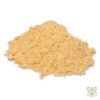
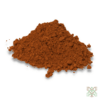
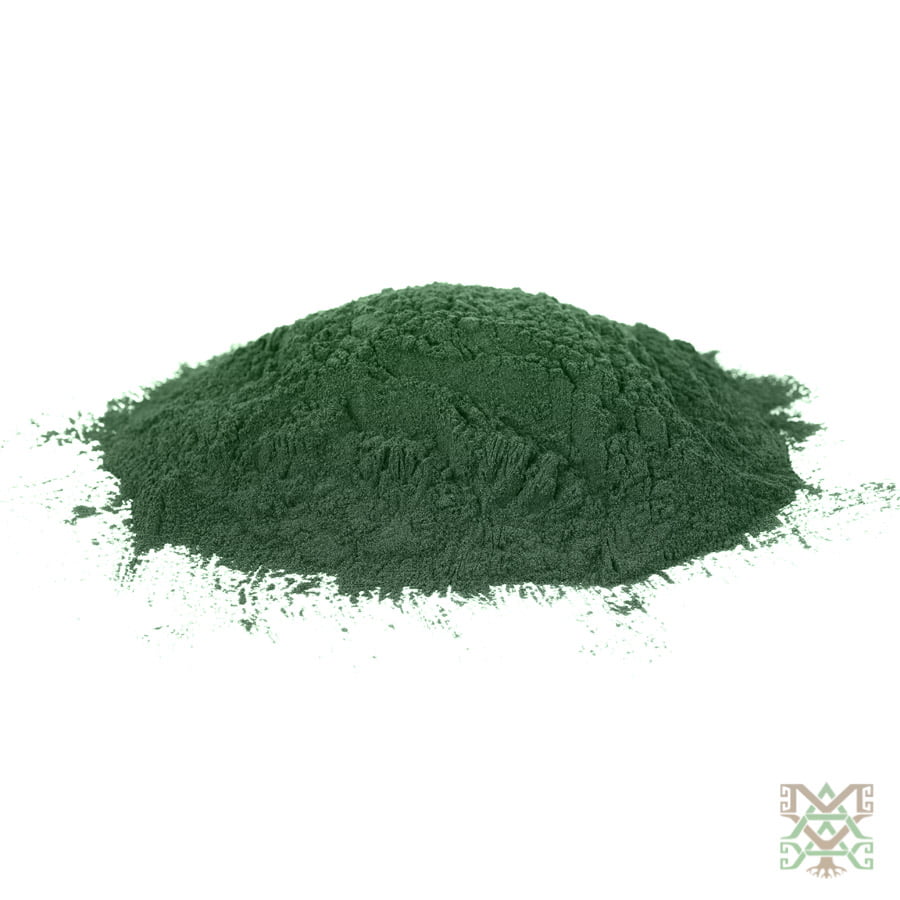

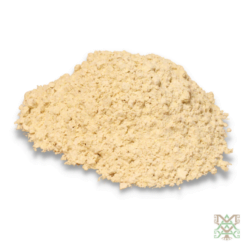
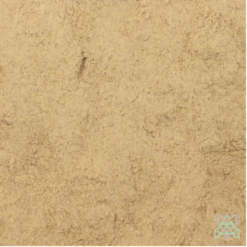
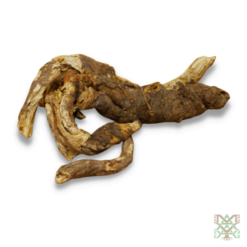
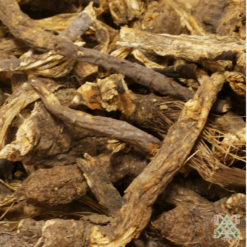
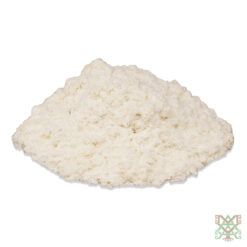
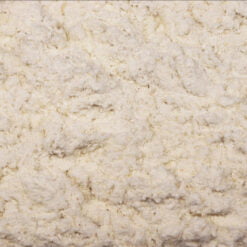
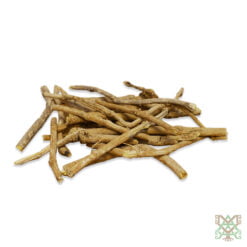
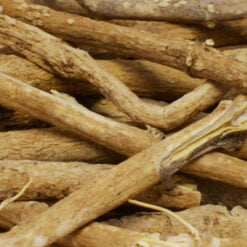
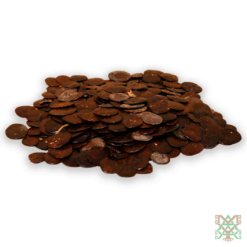
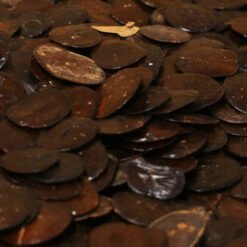
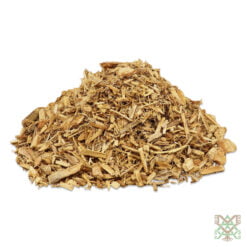
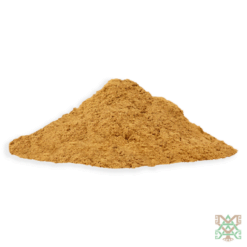
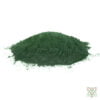
Reviews
There are no reviews yet.